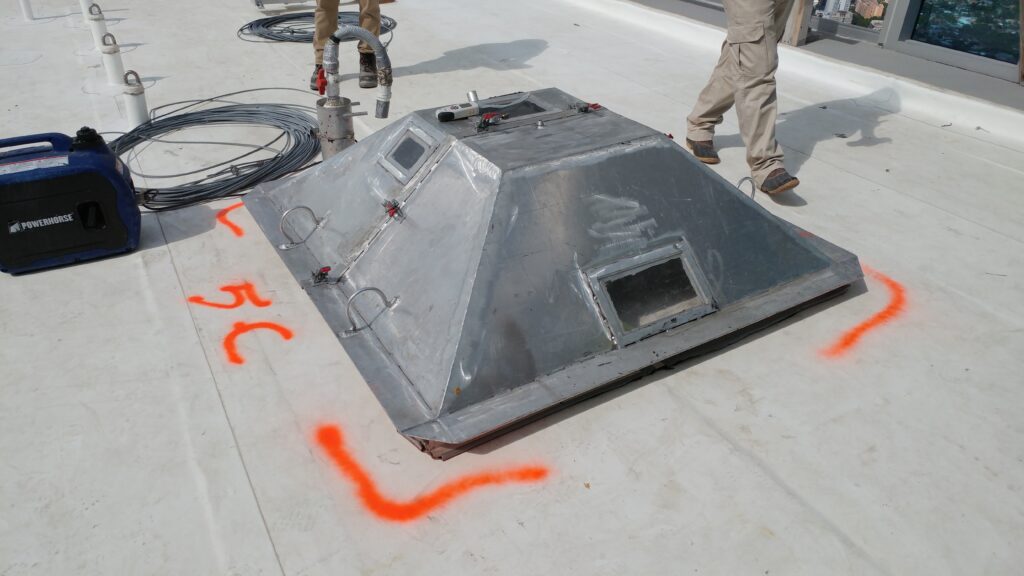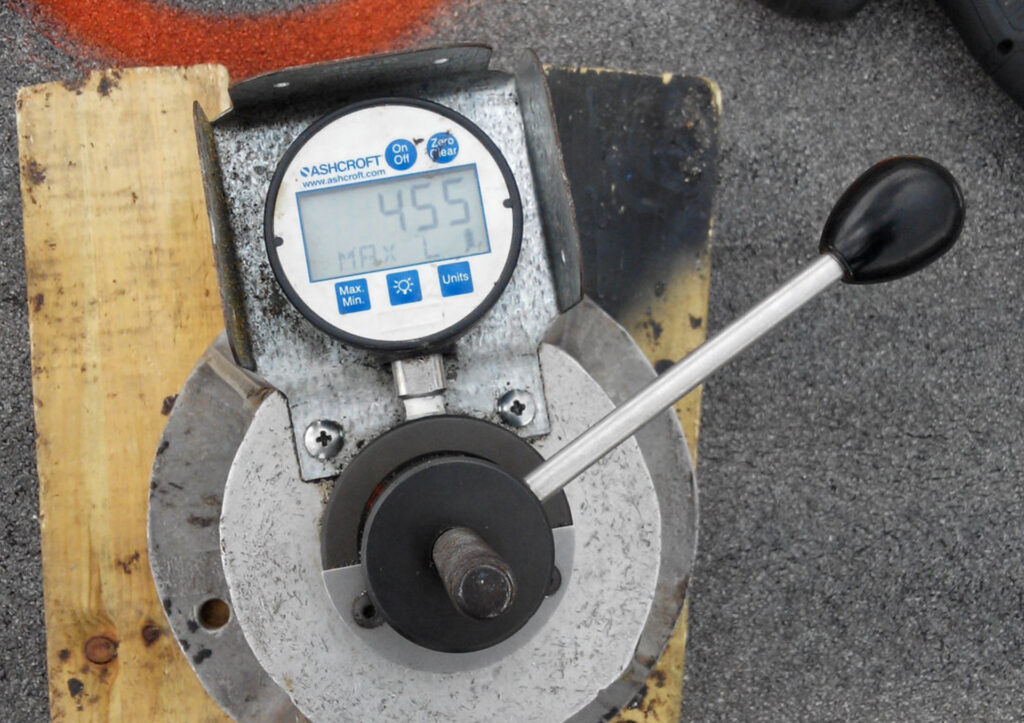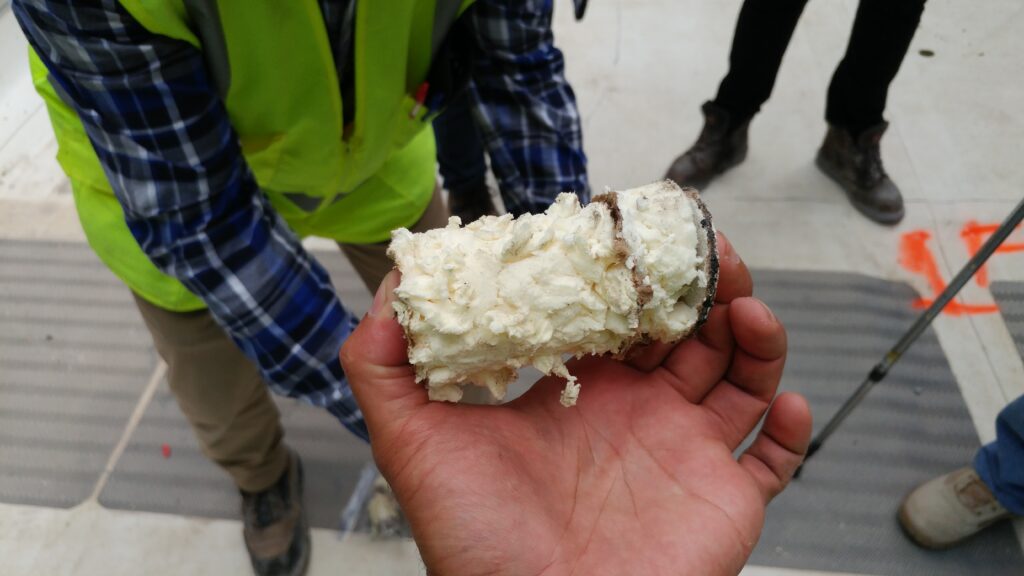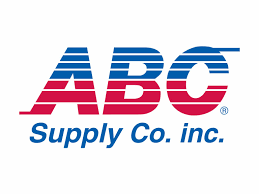Call us: 305.256.4550
Professional Commercial & Residential Roof Testing Services
How it works
How Our Roof Testing Services Works
Choose a Roof Service Test
Request an Order
We do the Rest
Test We Provide
TAS 106 - Tile Uplift Test
The Testing Application Standard, TAS-106 procedure is a product application quality control test to confirm if a particular roof tile’s installation can withstand a minimum 35lbs of wind uplift resistance. This test will determine if sufficient bonding by the mortar or adhesive set tile system or mortar or adhesive set tile system; mechanical attachment of components within a rigid discontinuous roof system.


TAS 124 - Bell/Bonded Pull Test
The Testing Application Standard, TAS-124-95 procedure provides a means for determining the uplift resistance of an adhered or mechanically attached roof system assembly to the roof deck. Both the bonded pull test and the bell chamber test are intended to confirm that a given installation meets the design pressure requirements under ASCE 7-98, as required in section 1606 of the Florida Building Code. The bonded pull test is a destructive test where a 2’x2’ plate is adhered to the roofing system, a cut is made all the way around it, and static uplift pressure is then applied to it. This will require a roofing contractor to patch the area. A bell chamber test consists of a 5’ x5’ apparatus that is placed on the roof system assembly. If the roof system holds the required pressures, then no cuts into the system are necessary, thereby having the potential of being non-destructive. If the system fails, the building owner or contractor, will likely want to open up the area and determine the mode of failure.
TAS 105- Fastener Pull Test
The Testing Application Standard TAS-105, is known throughout the industry as a fastener pull test or as a fastener withdrawal resistance test. This procedure has been set in place to determine if a particular mechanical fastener, when used to attach a roofing component to the roof deck, provides sufficient resistance to static uplift force to meet the wind load requirements of an approved roof assembly, for a specific building. Based on the results of the fastener pull test, the contractor can determine what fastener(s) can be used for the roof system assembly. Additionally, calculations can also be done to determine the fastener spacing requirement.


TAS 124 - Roof Moisture Survey
The Testing Application Standard, TAS-126 Moisture test procedure is designed to detect moisture trapped within a roof system assembly. These roof moisture tests can help determine the percent of moisture located throughout the roof. Per the Florida Building Code: A roof deck that is found to have more than 25% of ‘high’ moisture content, cannot be repaired, it must be replaced. The analysis initially begins as a non-destructive test using impedance or infrared technologies. However, to get a more accurate measurement of what the relative readings mean, it is then necessary to take 2” core samples of the different readings and process them per section 1521.12 of the Florida Building Code.





